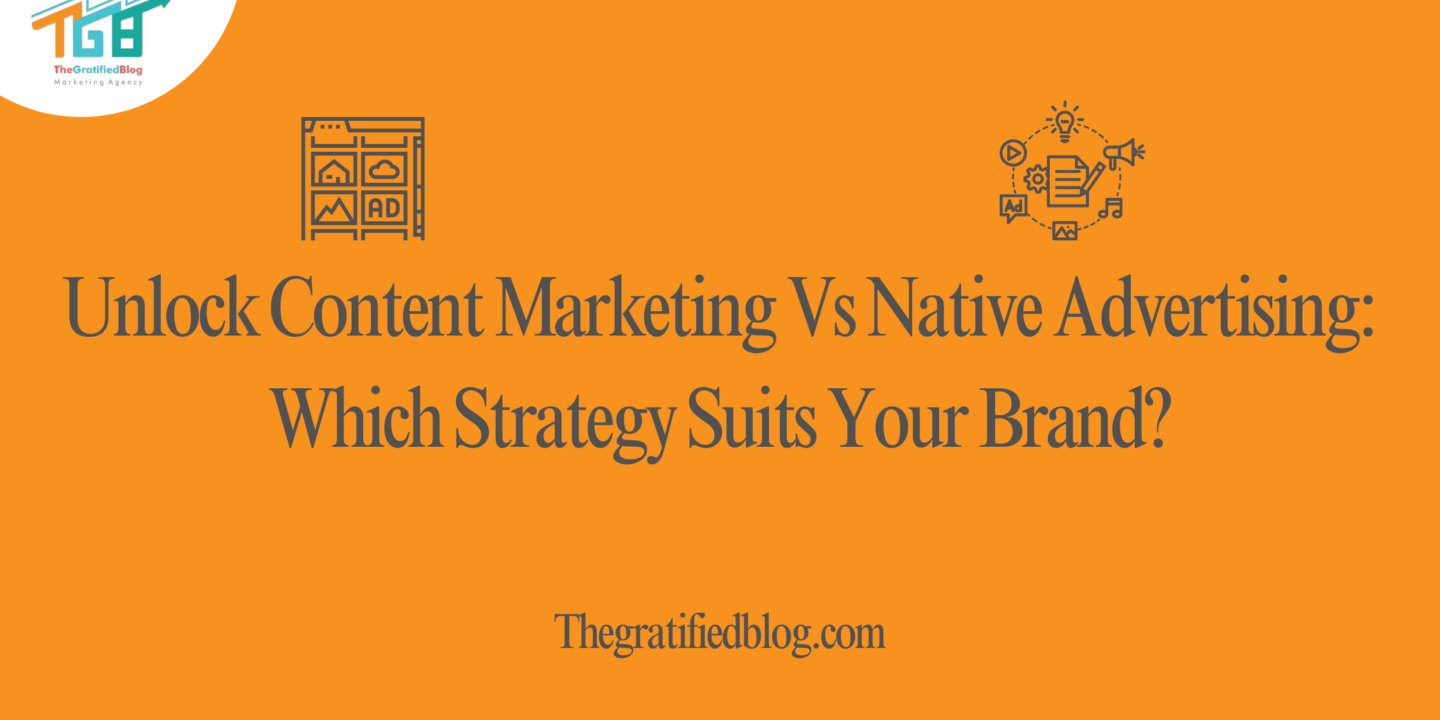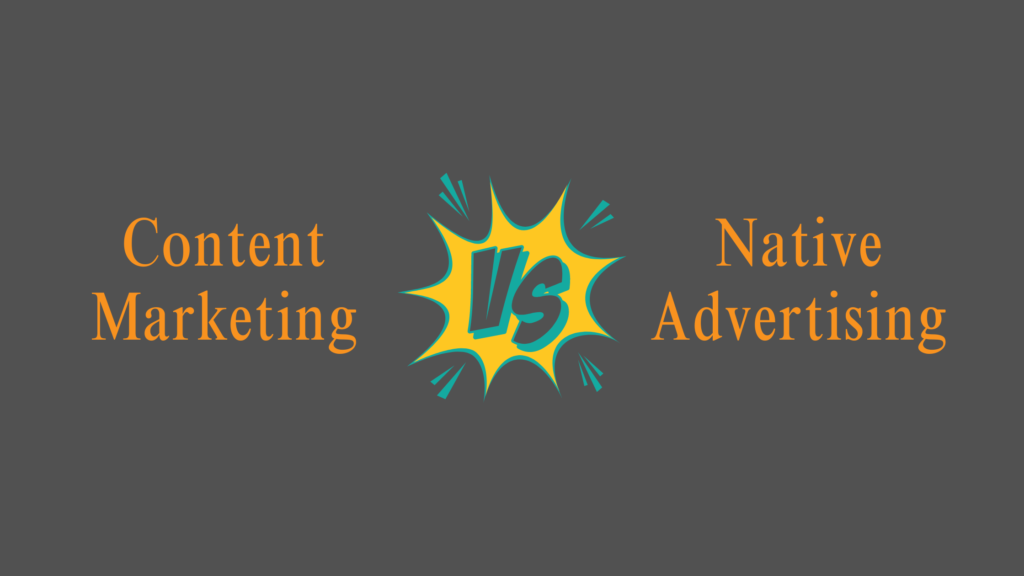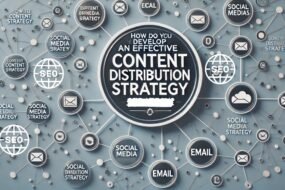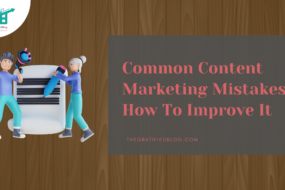
In the constantly evolving field of digital marketing, two notable strategies vie for the attention of brands seeking to engage and convert their audiences: content marketing and native advertising. Both approaches are hailed for their ability to captivate consumers, yet they possess distinct characteristics and methodologies that set them apart. This comprehensive exploration delves into the nuanced differences between content marketing vs native advertising, shedding light on their respective strengths, weaknesses, and suitability for various marketing objectives.
By understanding the intricacies of these strategies, marketers can make informed decisions on allocating their resources best and optimising their outreach efforts.
Join us as we unravel the complexities of content marketing vs native advertising, unlocking insights to propel your brand towards unprecedented success in the digital landscape.
So, let’s get started:
Explanation Of Content Marketing And Native Advertising
What Is Content Marketing?
Content marketing revolves around a strategic approach focused on crafting and disseminating valuable, pertinent, and regular content to engage and maintain a well-defined audience and drive profitable customer action.
This approach aims to provide valuable information or entertainment to prospective customers without directly advertising a brand or product.
Benefits of Content Marketing:
- Establishing Authority and Trust: By consistently delivering content that meets the needs and interests of your target audience, you can solidify your brand’s authority within your industry. This fosters trust and credibility among consumers, making them more likely to engage with your brand and ultimately become loyal customers.
- Increasing Brand Visibility and Awareness: Quality content can expand your audience reach via social media sharing, backlinks from other websites, and search engine optimisation (SEO). Developing captivating content that establishes a connection with your audience can increase brand visibility and awareness, attracting new prospects and expanding your reach.
- Driving Organic Traffic and Engagement: Content marketing can increase organic traffic to your website through enhancements to search engine rankings and encourage repeat visits. High-quality content promotes engagement and interaction with your audience, increasing brand loyalty and advocacy.
What Is Native Advertising?

Native advertising involves paid promotions that seamlessly integrate with the platform’s surrounding content, making it appear more organic and less intrusive to the user experience. Unlike traditional display ads, native ads are crafted to align with the structure and functionality of the platform they’re displayed on while promoting a brand or product.
Benefits of Native Advertising:
- Enhanced User Engagement: Native ads are integrated into the user’s browsing experience, making them less intrusive and more prone to garner attention and interaction. By seamlessly integrating with the surrounding content, native ads are perceived as more relevant and valuable to users, leading to higher engagement rates than traditional advertising formats.
- Improved Ad Performance: Studies have shown native ads perform better than traditional display ads regarding click-through rates, conversion rates, and overall effectiveness. By delivering relevant and contextually appropriate content to users, native advertising can capture their attention and motivate them to perform desired actions, such as purchasing or signing up for a newsletter.
- Increased Brand Affinity and Loyalty: Native advertising allows brands to deliver their message in a non-disruptive and user-friendly manner, positively impacting how consumers perceive the brand. By delivering valuable content that corresponds with the By addressing the desires and preferences of their target audience, brands can build stronger relationships and foster greater brand affinity and loyalty over time.
Now that you understand the basics let’s explore the main topic: Content Marketing vs Native Advertising.
Content Marketing Vs Native Advertising: Exploring Key Differences

Intent and Purpose:
- Content Marketing: Content marketing primarily provides valuable, informative, or entertaining content to the target audience. The main goal is to educate, entertain, or inspire the audience, building trust and authority over time.
- Native Advertising: It is crafted to promote a particular product, service, or brand. While it may blend in with the platform’s content, its primary purpose is to drive immediate action or conversion.
Format and Presentation:
- Content Marketing: Content marketing often takes various formats, such as blog posts, articles, videos, infographics, podcasts, etc. The content is usually hosted on the brand’s owned media channels.
- Native Advertising: Native ads mimic the format and style of the platform on which they appear, seamlessly integrating into the user experience. They can include sponsored articles, promoted social media posts, recommended content widgets, and more.
Control and Ownership:

- Content Marketing: Brands have complete control over the content they create and distribute in content marketing. They own the content and can publish it on their platforms without external restrictions.
- Native Advertising: While brands can influence the content of native ads, they often have less control over where and how the ads are displayed. Native advertising typically involves partnering with publishers or platforms, which may have their guidelines and restrictions.
Audience Targeting and Reach:

- Content Marketing: It aims to attract a broad audience by addressing various topics of interest within the brand’s niche. It focuses on building a loyal audience base over time.
- Native Advertising: Native ads allow brands to target targeted audience segments according to demographics, interests, behaviour, and other factors. This targeted approach can help reach a more qualified audience with higher conversion potential.
Longevity and Sustainability:
- Content Marketing: Content marketing efforts often have a long-term impact, as high-quality content can continue to captivate and engage audiences for an extended duration. Content assets like evergreen articles or videos can provide ongoing value.
- Native Advertising: Native ads typically have a shorter lifespan than content marketing efforts. Once the ad campaign ends or the budget runs out, the visibility and impact of the ads diminish, requiring ongoing investment to maintain results.
Conclusion
Having gained insight into content marketing vs native advertising, it’s evident that each approach offers unique advantages and considerations for marketers. Now equipped with this understanding, you can make well-informed choices on leveraging these strategies best to achieve your marketing goals. Whether building brand authority through content marketing or driving immediate engagement through native advertising, integrating these techniques into your marketing strategy can propel your brand towards success in the ever-changing digital landscape.
However, if you still have any queries regarding the blog, please feel free to leave them in the comments section below. We will be happy to answer you.
Thanks for reading 🙂








No Comments